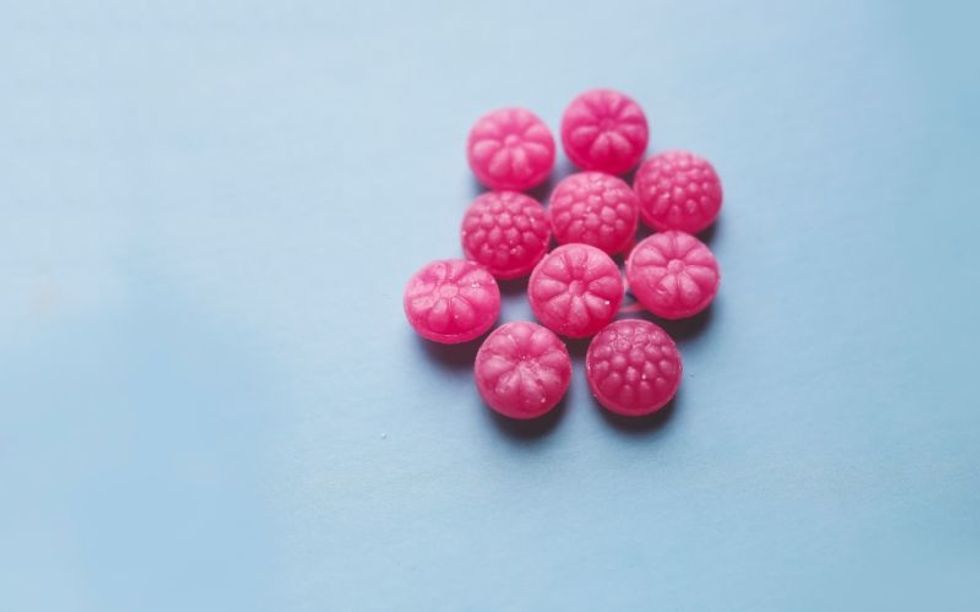Candy also called sweets or lollies. A confection features sugar as a principal ingredient. The category, called sugar confectionary encompasses any sweet confection, including chocolates, chewing gums, and sugar candy, Vegetables, fruit, or nuts, which have been glazed and coated with sugar, are said to be candied. Candies are usually loved by every generation and person in every field of life. Everyone who loves candy wants bulk candy in his pockets. There is nothing as cozy as a piece of candy and a book.
Candy Classification:
Sugar candies include hard candies, soft candies, caramels, marshmallows, taffy, and other candies whose principal ingredient is sugar. Commercially, sugar candies are often divided into groups according to the amount of sugar they contain and their chemical structure.
History about candy:
Egyptian hieroglyphics dating back at least 3,000 years indicate that the art of sugar confectionery was already established. The Romans regarded the confectioner as a skilled craftsman, and a confectioner's kitchen excavated at Herculaneum was equipped with pots, pans, and things similar to those in use today.
Early confectioners, not having sugar, used honey, as a sweetener and mixed it with various fruits, nuts, herbs, and spices. During the middle ages, the Persian spread sugarcane cultivation developed refining methods and began to make sugar-based candy. A small amount of sugar was available in Europe during the Middle Ages and was used in the manufacture of the confections prepared and sold mainly by apothecaries. The Venetians brought about a major change in candy manufacture during the 14th century when they began to import sugar from Arabia. By the 16th century, confectioners were manufacturing sweets by moulding boiled sugar with fruits and nuts into fanciful forms by simple hand methods. The development of candy-manufacturing machinery began in the late 18th century. After the development of machinery then bulk candy manufacturing started worldwide.
Main Ingredients for candies:
Sweeteners
Sugar, main sucrose from sugar beets or sugarcane, is the major constituent of most candies. Other sweeteners employed in candy manufacture include corn syrup, corn sugar, honey, molasses, maple sugar, and no caloric sweeteners. Sweeteners may be used in dry or liquid form.
Texturizer and flavorings
Because of the perishability of fresh fluid milk and milk products, milk is usually used in concentrated or dried form. It contributes to candy flavor, color, and texture. Fats, usually of vegetable origin, are primarily used to supply textural and "mouth feel" properties (lubrication and smoothness). They are also used to control crystallization and to impart plasticity. Such Colloids as gelatin, pectin, and egg, albumin are employed as emulsifying agents, maintaining fat distribution and providing aeration. Other ingredients include fruits; nuts; natural, fortified, and artificial flavors and colorings.
My Love for candy:
All I really need is love, but a little candy now and then does not hurt.
Since my childhood days, I loved candies. I used my pocket money for candy mainly. I want bulk candy always in my access. Sometime when I could not get these bulk candy amount which I want then I feel sad and for it. Once my uncle gives me a present of chocolates on my birthday I enjoyed it a lot this one made my day very special. In my childhood, I want candy every time but I could not access to stores or something else. Candy is childhood the best and bright moments you wish could have lasted forever. Just like now a days, royal wholesale candy provides you. Where you can get easy access to bulk candy products. Each and everything about candies.
Impact and effects of candy:
One of the biggest knocks against candy is that it causes cavities. Now some genius scientists from Berlin-based biotechnology firm, Oregano Balance, may have figured out a way to manufacture the sweet treats in a way that eliminates that risk. Therefore, this is really great and appreciating work because of everyone afraid of cavities due to candy. When we use bulk candy then there is the danger of something getting wrong because excessive use of everything is bad. As you may or may not know, while sugar is considered the villain when it comes to cavities, it is actually the streptococci mutants present in the saliva that are the real culprits. The bacteria that love to feed off the remnants of sugar that remain on the surface of the teeth, release acid while doing so. This causes tooth enamel to wear down resulting in the dreaded holes or cavities.
Candy is helpful to provide energy to the body because these having extra sucrose which is a great source of ATP. Therefore, we do not be afraid of taking candies in bulk quantity. However, we should take precautionary measures as well to avoid more weight gain and tooth decay. Candy like chocolate is very helpful to weight loss and patients of heart.


































